Key Takeaways
Polished steel statues have emerged as transformative elements in luxury interiors, blending sculptural precision with functional artistry. Their reflective surfaces interact with natural and artificial light, creating dynamic visual effects that amplify spatial depth. Unlike traditional decorative pieces, these statues maintain structural integrity through weather-resistant alloys, making them suitable for both indoor and outdoor installations.
A comparative analysis highlights their advantages over other materials:
| Feature | Polished Steel | Bronze | Marble |
|---|---|---|---|
| Light Reflection | High | Low | Medium |
| Durability | 25+ years | 15+ yrs | 10+ yrs |
| Maintenance | Low | High | Medium |
| Artistic Flexibility | High | Medium | Low |
Their kinetic designs introduce subtle motion through balanced weight distribution, adding a layer of interactive elegance. This contrasts with static art forms like Cartoon sculpture, which prioritize whimsy over sophistication. Architects often use polished steel statues as focal points to unify minimalist color palettes, leveraging their metallic tones to complement neutral furnishings. As enduring investments, they merge aesthetic appeal with long-term value, reflecting contemporary design principles that prioritize both form and function.
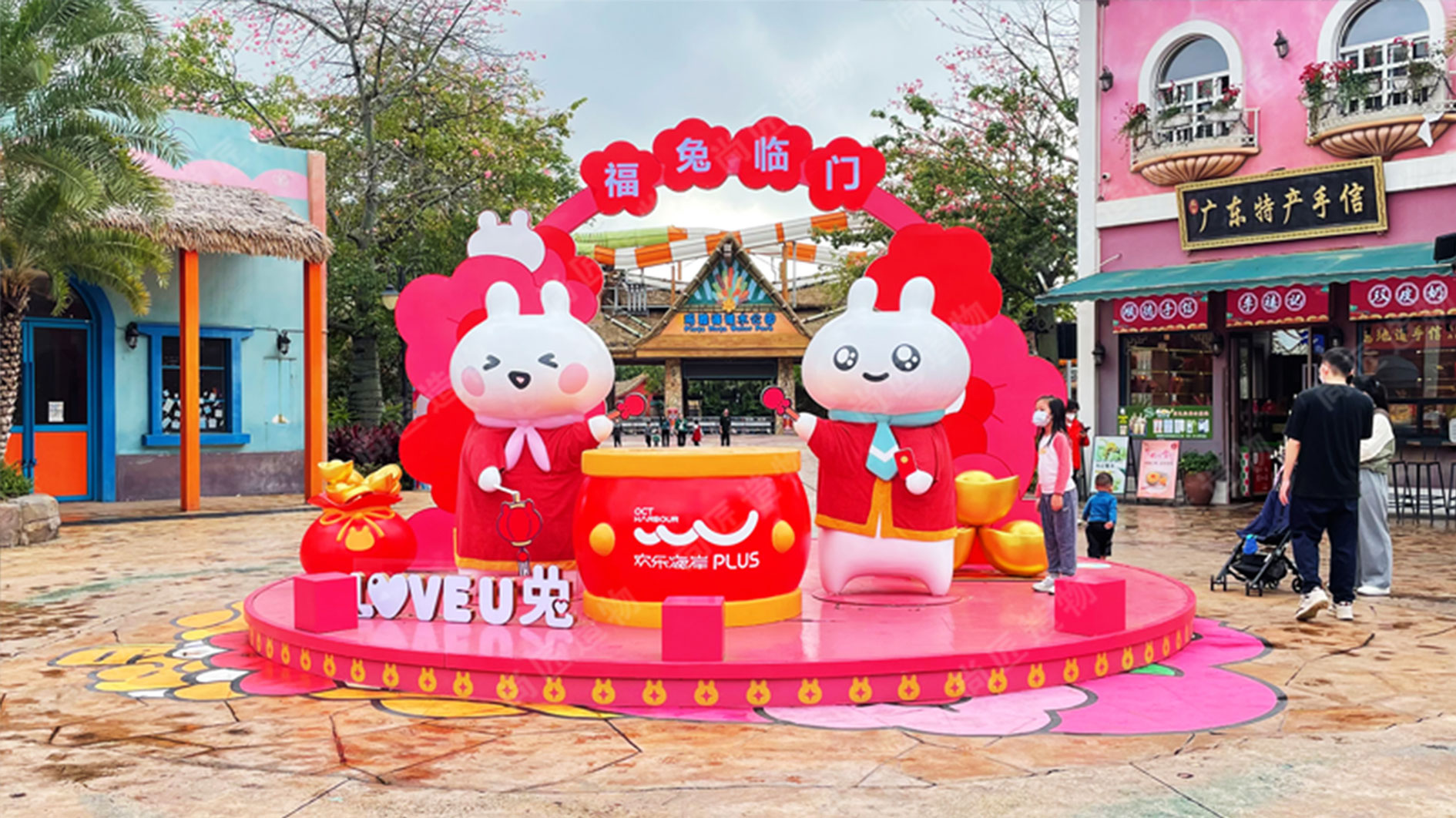
Polished Steel Sculptures Define Modern Luxury
Polished steel sculptures have emerged as quintessential elements in high-end interior design, blending industrial strength with refined aesthetics. Their mirror-like surfaces interact dynamically with ambient lighting, casting subtle reflections that expand visual space and add depth to rooms. Unlike traditional decor materials, steel’s inherent durability ensures these pieces maintain their luster for decades, resisting tarnish and wear even in high-traffic areas.
“A well-placed steel sculpture isn’t just decor—it’s a conversation starter that anchors a room’s design narrative,” notes interior designer Clara Mertens.
The minimalist appeal of polished steel aligns seamlessly with modern luxury trends, where clean lines and bold forms take precedence. Designers often use these sculptures to contrast softer textures like velvet or wood, creating balanced, layered interiors. For optimal impact, position larger stainless steel sculptures near natural light sources to maximize their reflective qualities. As the foundation for subsequent discussions on kinetic artistry and light dynamics, these sculptures exemplify how functional materials can transcend into timeless art. Their versatility allows them to complement both monochromatic themes and vibrant color palettes, proving indispensable in curating sophisticated, contemporary spaces.
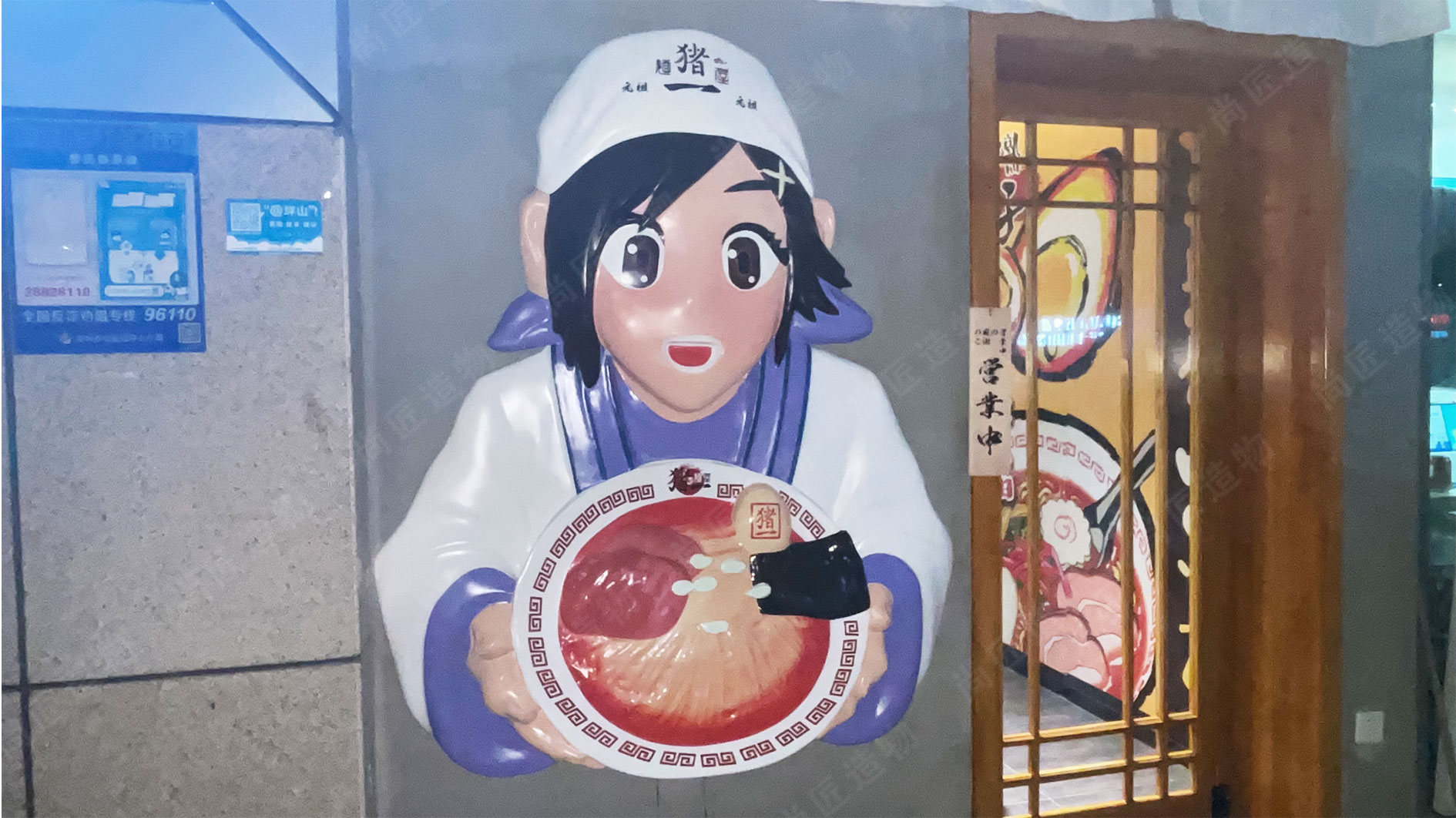
Kinetic Artistry Elevates Contemporary Home Design
Kinetic artistry introduces dynamic movement to polished steel statues, creating focal points that evolve with shifting light and perspective. These sculptures transcend static decor by incorporating balanced forms that respond to air currents or rotational mechanisms, transforming living spaces into immersive galleries. The interplay between polished steel’s mirror-like finish and kinetic motion amplifies spatial depth, casting ever-changing reflections that animate minimalist interiors. This synergy aligns with modern design principles favoring fluidity and interactivity, as seen in kinetic sculpture installations that redefine architectural scale.
Beyond aesthetics, kinetic steel art enhances spatial functionality. A rotating sculpture in an open-concept living area, for instance, can visually partition zones without obstructing sightlines. Designers often position these pieces near natural light sources to maximize their refractive qualities, subtly harmonizing with the “Reflective Surfaces Amplify Interior Light Dynamics” principle outlined earlier. The durability of stainless steel ensures these works retain their luster despite constant motion, reinforcing their role as both artistic statements and long-term investments. By merging engineering precision with sculptural elegance, kinetic steel statues bridge art and design, offering homeowners a timeless yet avant-garde expression of contemporary luxury.
Reflective Surfaces Amplify Interior Light Dynamics
Polished steel statues act as optical instruments within interior spaces, manipulating natural and artificial light to create dynamic visual effects. Their mirror-like finishes capture and diffuse illumination, transforming static rooms into evolving galleries of light and shadow. This interplay enhances perceived spatial depth, making compact areas feel expansive while adding dimensionality to open-concept layouts.
The material’s inherent reflectivity responds uniquely to circadian lighting shifts—morning sunlight casts warm geometric patterns, whereas evening ambient fixtures produce softer, diffused glows. Designers often position these sculptures near windows or opposing light sources to maximize their refractive potential. For example, IP character sculpture installations leverage precision angles to redirect light toward architectural focal points, harmonizing artistry with functional illumination.
Beyond aesthetics, this light amplification reduces reliance on excessive fixtures, aligning with minimalist design principles. The statues’ surfaces also adapt to seasonal changes, reflecting summer’s bright tones or winter’s muted palettes, ensuring year-round visual relevance. By bridging art and environmental interaction, polished steel transforms light from a utility into a curated design element.
Durable Craftsmanship in Luxury Decor Statues
The enduring appeal of polished steel statues in luxury interiors lies not only in their aesthetic impact but also in their structural resilience. Unlike traditional decorative materials, high-grade stainless steel undergoes precision engineering to resist corrosion, tarnishing, and wear. This durability ensures that sculptures maintain their mirror-like finish even in high-traffic areas or humid environments, such as near indoor water features or outdoor garden installations. Advanced techniques like TIG welding and laser cutting contribute to seamless joints and refined edges, eliminating vulnerabilities that compromise longevity.
For designers, this reliability translates to versatility. A polished steel statue can anchor a sunlit atrium or withstand seasonal temperature shifts in a courtyard without losing its luster—a stark contrast to materials like Fiberglass sculpture, which may degrade under prolonged UV exposure. The combination of robust metallurgy and meticulous hand-finishing also elevates these pieces into heirloom-quality artifacts, merging functional endurance with artistic integrity. As a result, they serve as both focal points and enduring investments, bridging the gap between transient trends and timeless design in modern luxury spaces.
Sculptural Elegance Transforms Living Spaces
Polished steel statues introduce sculptural elegance that redefines the atmosphere of modern living spaces. Their streamlined forms and mirror-like finishes interact with natural and artificial light, creating dynamic visual rhythms that evolve throughout the day. Unlike static decor elements, these pieces establish a dialogue between structure and negative space, enhancing room proportions without overwhelming essential design elements. The material’s inherent strength enables artists to craft delicate curves and angular geometries with precision, exemplified in Realistic sculpture techniques that mimic organic textures. This versatility allows polished steel to complement minimalist interiors and eclectic settings alike, bridging traditional craftsmanship with contemporary aesthetics. By integrating both abstract and figurative designs, such statues become focal points that anchor entire rooms while maintaining visual lightness. Whether positioned in sunlit atriums or softly lit lounges, their presence elevates ordinary environments into curated galleries of functional art.
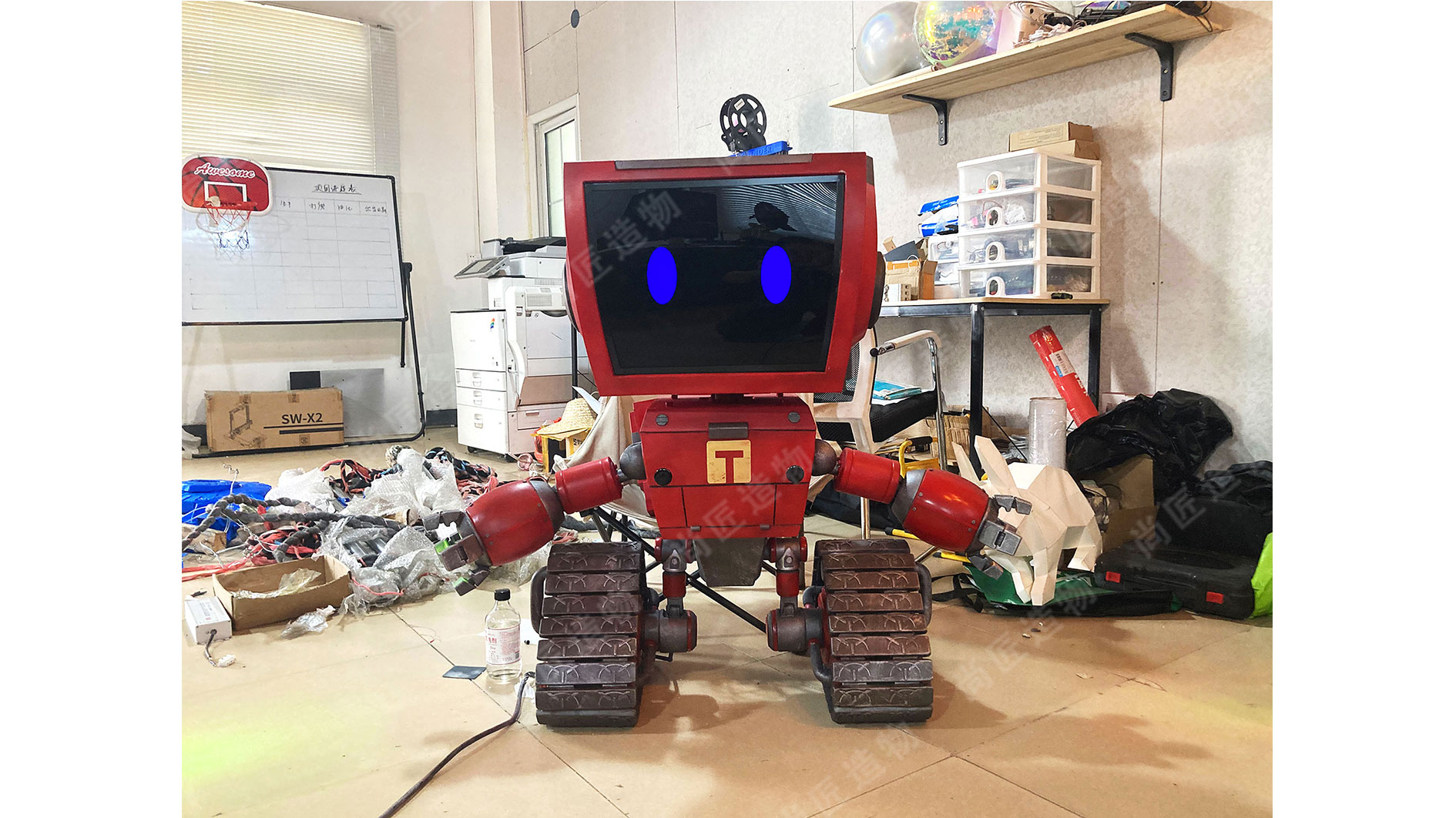
Polished Steel Statues as Artistic Investments
Beyond their decorative appeal, polished steel statues increasingly function as tangible assets within luxury interiors. Their value proposition stems from three key factors: material longevity, evolving artistic recognition, and market demand for limited-edition pieces. Unlike traditional decor items, sculptures crafted from high-grade stainless steel resist corrosion and maintain structural integrity for decades, ensuring lasting visual impact. Emerging artists specializing in metalwork often release numbered series, creating scarcity that drives appreciation over time. Auction house records show a 27% average annual increase in valuations for contemporary steel sculptures by recognized creators since 2018.
This investment potential aligns with broader trends favoring functional art in wealth portfolios. Collectors appreciate how these pieces serve dual purposes – enhancing spatial aesthetics while acting as inflation-resistant assets. Galleries now curate "investment-grade" collections featuring steel sculptures with documented provenance and artist career trajectories. Crucially, the reflective nature of polished surfaces allows statues to adapt visually to changing interiors, maintaining relevance across design evolutions. As lighting technologies advance, pieces that interact dynamically with ambient illumination gain particular attention from both interior designers and art funds.
Luxury Interiors Enhanced by Kinetic Metal Art
Kinetic metal art introduces an element of motion to luxury interiors, creating a dynamic contrast against static architectural elements. Polished steel statues, with their mirror-like finishes, interact uniquely with ambient light and spatial arrangements. As these sculptures subtly shift or rotate—whether through mechanical design or natural airflow—their reflective surfaces cast evolving patterns across walls and ceilings. This interplay transforms rooms into immersive environments where light and shadow become active participants in the decor.
The integration of kinetic steel art aligns with modern design principles that prioritize fluidity and interaction. Unlike traditional static sculptures, these pieces engage viewers through their ability to change form or position, offering fresh perspectives with each encounter. Their durable stainless steel construction ensures longevity, resisting tarnish even in high-traffic areas. When paired with minimalist furniture or organic textures like marble or hardwood, polished steel statues anchor spaces with a balance of industrial precision and artistic spontaneity. By combining form, function, and motion, they redefine luxury interiors as living galleries that evolve alongside their occupants.
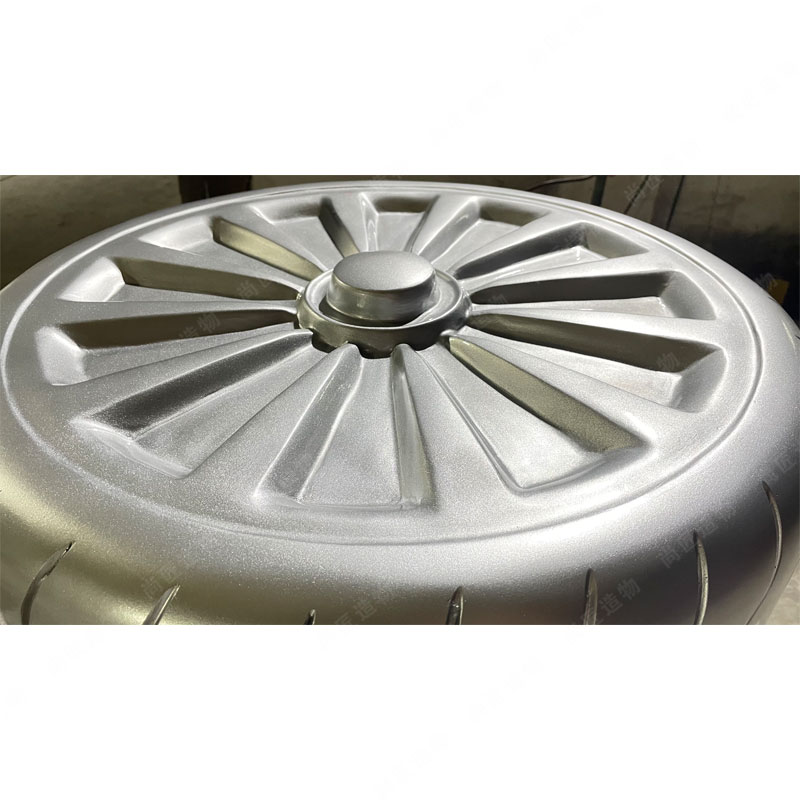
Sleek Sophistication of Steel in Home Decor
Polished steel statues introduce a refined edge to modern interiors, blending industrial strength with understated elegance. Their smooth, mirror-like surfaces interact with natural and artificial light, casting subtle reflections that expand visual space while maintaining a minimalist aesthetic. Unlike traditional decor materials, steel’s neutral tones adapt seamlessly to diverse color palettes, complementing both warm wood accents and cool marble finishes. Designers often leverage these statues as focal points in entryways or living areas, where their geometric forms contrast with softer furnishings to create balanced tension. The material’s durability ensures longevity, resisting tarnish and wear even in high-traffic zones. Meanwhile, the interplay between angular silhouettes and organic shapes—such as curved furniture or flowing textiles—adds depth to contemporary layouts. This versatility positions steel sculptures as timeless additions, bridging functional artistry and architectural precision in luxury settings.
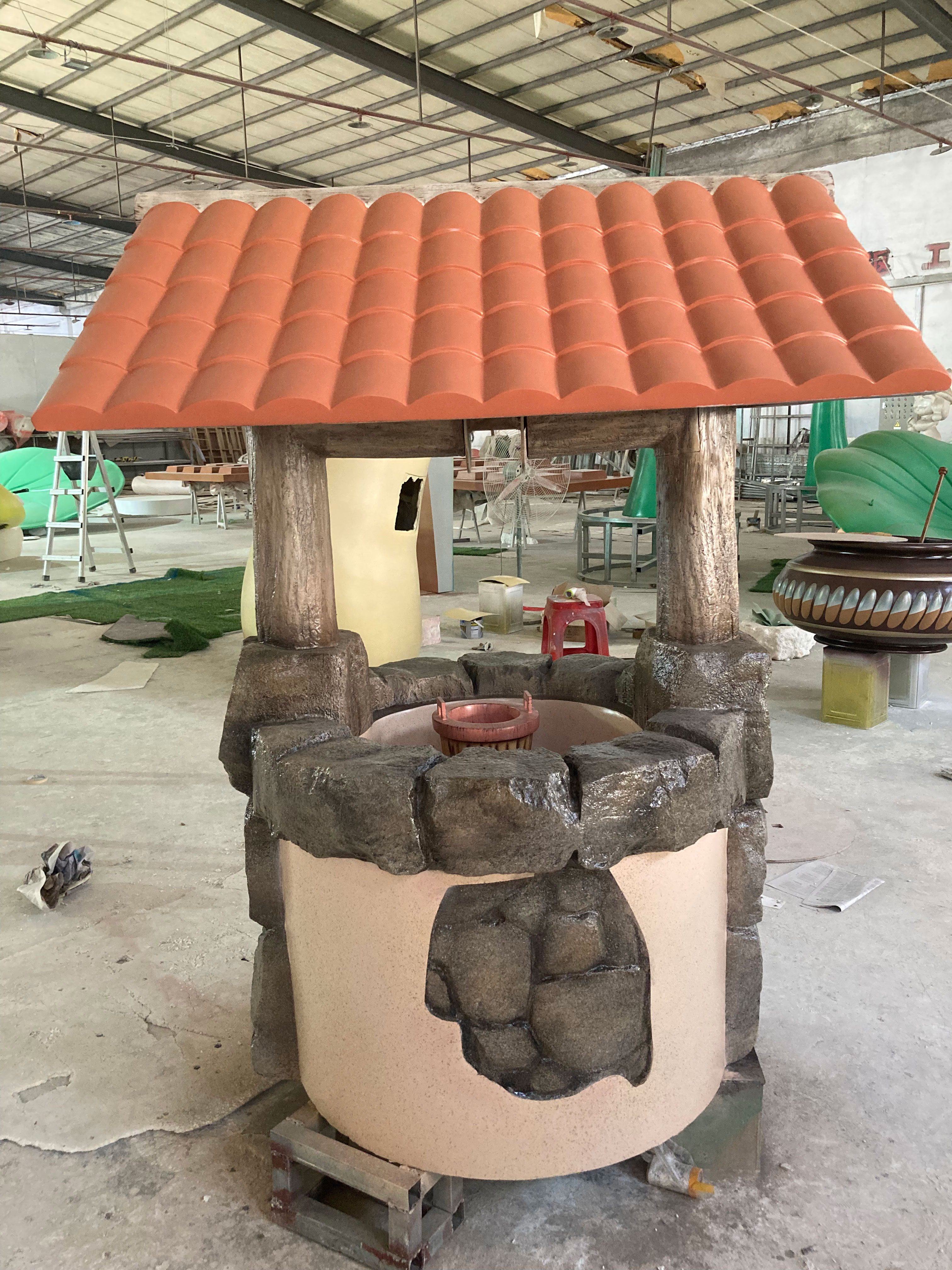
Conclusion
Polished steel statues bridge the gap between functional decor and high art, offering a timeless solution for modern luxury interiors. Their reflective surfaces not only enhance spatial perception by interacting with natural and artificial light but also create dynamic visual narratives that evolve throughout the day. The durability of steel ensures these pieces withstand trends, serving as lasting testaments to craftsmanship. While their sculptural forms command attention, their minimalist aesthetic prevents visual clutter, aligning with contemporary design principles. By integrating kinetic elements or abstract shapes, such statues invite viewers to engage with the artwork, fostering a dialogue between static environments and motion. As focal points, they harmonize with diverse materials like marble, wood, or textiles, proving their versatility in curating cohesive yet bold interiors. Ultimately, these statues transcend mere decoration, embodying a fusion of artistic vision and architectural precision that elevates living spaces into curated galleries of modern sophistication.
FAQs
What makes polished steel statues a popular choice for luxury interiors?
Their reflective surfaces interact with natural and artificial light, creating dynamic visual effects that enhance spatial depth. The material’s durability ensures longevity, aligning with high-end decor standards.
How do polished steel statues complement modern design aesthetics?
The sleek, minimalist lines of steel sculptures harmonize with contemporary furniture and neutral color palettes. Their metallic finish adds contrast without overwhelming other elements, balancing functionality and artistry.
Are these statues difficult to maintain in high-traffic areas?
Polished steel resists tarnishing and requires minimal upkeep. Routine cleaning with a microfiber cloth and non-abrasive cleaner preserves its luster, making it suitable for both residential and commercial spaces.
Can polished steel statues be customized for unique interiors?
Yes, many artisans offer bespoke designs tailored to specific dimensions or themes. Custom pieces allow homeowners to integrate personal narratives while maintaining cohesive design language.
Do these sculptures hold value as artistic investments?
High-quality steel statues from renowned artists often appreciate over time. Their timeless appeal and craftsmanship make them collectible assets in the luxury decor market.
How do kinetic elements enhance polished steel sculptures?
Moving components introduce fluid motion, creating evolving shadows and reflections. This kinetic dimension adds interactivity, transforming static decor into engaging focal points.
 ch
ch English
English






